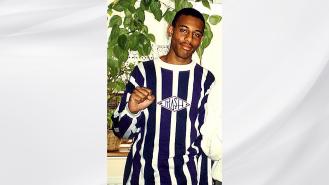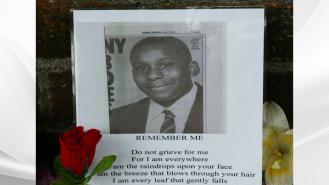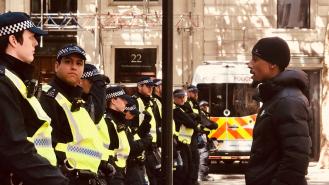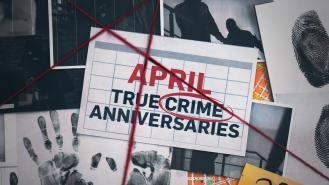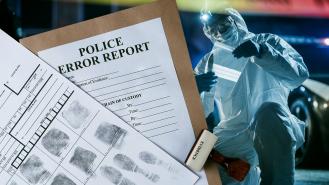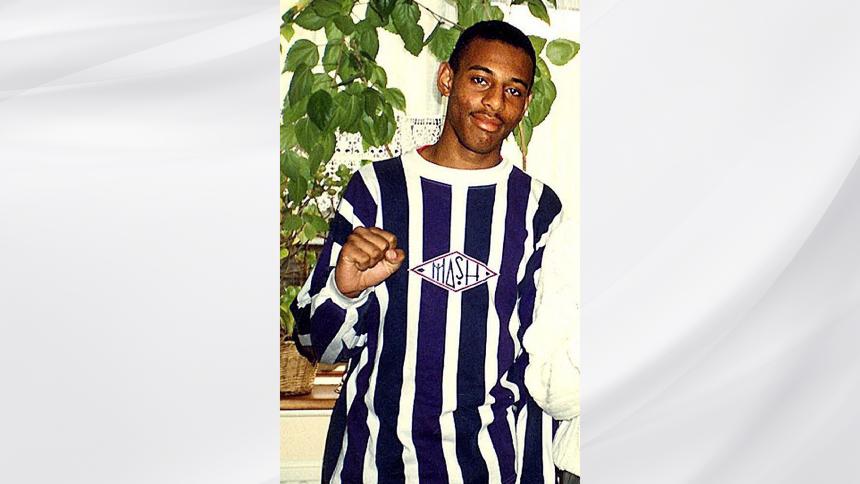
The Murder of Stephen Lawrence: 30 years on
Three decades ago, the killing of a young black man on a London street stunned the nation and triggered a reckoning on racism in modern Britain that the country is still grappling with. This is the story of the murder and its seismic aftermath.
The murder
The eighteen-year-old son of Jamaican parents who’d moved to the UK in the 1960s, Stephen Lawrence had packed a lot into his short life. As well as being a gifted student and star athlete, he’d appeared as an extra in For Queen and Country, a Denzel Washington thriller that tackled race relations in the UK and was gearing up to pursue a career in architecture.
Stephen was robbed of his future on 22nd April 1993. While waiting for a bus in Eltham, southeast London, he was set upon by a group of white youths. The attack was clearly racially motivated, with the gang yelling racial slurs as they engulfed Stephen on the street. His friend, Duwayne Brooks, standing some metres away, could only watch in horror as the gang forced Stephen to the ground and stabbed him.
Incredibly, despite sustaining lethal injuries, Stephen was able to flee the scene with Duwayne before collapsing. He died there on the pavement before the ambulance team could do anything for him.
The bungled investigation
In the days after the murder, police received crucial tip-offs from local residents, identifying Gary Dobson, David Norris, Luke Knight, and brothers Neil and Jamie Acourt as the perpetrators. But police didn’t swoop in and make arrests.
Instead, they opted to maintain surveillance for weeks, which was ample time for evidence to be lost. Incredibly, senior investigating officer Brian Weeden didn’t even realise he had the power to order the arrests based on reasonable suspicion alone. He later said that it was ‘regrettable’ that he didn’t ‘recognise a fairly basic tenet of criminal law’.
After two weeks of surveillance (roundly regarded as pointless by analysts of the case), the Acourt brothers, Dobson and Knight were finally arrested. Neil Acourt and Knight were charged with murder, but the CPS declared there wasn’t enough evidence to prosecute, and they walked free.
A Police Complaints Authority report published in 1997 slammed the investigation for a litany of errors, including poor handling of witnesses, clumsy surveillance, the failure to prevent forensic evidence from being destroyed, and the long delay in arrests being made.
A few years later, the monumental Macpherson Report into the Stephen Lawrence case highlighted ‘professional incompetence’, a ‘failure of leadership by senior officers’, and – most damningly of all – ‘institutional racism’ in the police. This latter point immediately became a major talking point, as the nation was forced to accept a long-ignored truth about systemic prejudice.
The private prosecution
Determined to get justice, Stephen’s parents launched a private prosecution against Gary Dobson, Luke Knight and Neil Acourt. However, this led to more disappointment and heartbreak for the family, as the men were acquitted due to a lack of evidence during the 1996 trial.
The following year, an inquest concluded that ‘Stephen Lawrence was unlawfully killed in a completely unprovoked
The newspaper invited the men to sue for defamation if they took issue with the allegation. The men did not.
The cold case goes hot
A breakthrough finally came in 2010, when Gary Dobson and David Norris were charged with the murder of Stephen Lawrence. This was the result of painstaking cold case detective work, with forensic analysis of the suspects’ clothing identifying Stephen’s hair, clothes fibres and a microscopic droplet of his blood. During their trial, jurors were also shown a covert video of the pair sharing fantasies of grisly racist violence, including setting black people on fire.
In 2012, Dobson and Norris were found guilty and handed fifteen and fourteen years respectively. The terms were relatively short because the judge was legally bound to sentence the pair as juveniles, which is what they technically were in 1993. Stephen’s mum, Doreen Lawrence, said that ‘had the police done their job properly, I would have spent the last eighteen years grieving for my son rather than fighting to get his killers to court.’
Further fallout
Many aspects of the Stephen Lawrence investigation have been scrutinised in the years since the damning Macpherson Report. In 2006, a BBC investigation sensationally suggested that David Norris’ father, himself a known criminal, had paid off a senior detective to get his son off the hook.
Years later, in 2013, a police whistleblower named Peter Francis went public with the claim that he’d been sent undercover to gather information for smearing the Lawrence family campaign for justice. Francis alleged that his superiors wanted to scupper the campaign, fearful that it would lead to widespread social unrest and rioting.
In the wake of such allegations, a new independent investigation was launched. Its findings were published in a 2014 report, which concluded there was a lack of evidence to confirm the corruption story or Francis’ allegations. However, the report criticised how the police handled allegations of corruption and confirmed there had been at least one police ‘spy’ placed within the Lawrence camp in what was a ‘wrong-headed’ and ‘inappropriate’ attempt to gather inside knowledge of what the family were doing.
Amid the ugliness of these revelations, the life and legacy of Stephen Lawrence continues to be remembered. An architectural award, the Stephen Lawrence Prize, recognises fresh talent in the industry, while the date of his death has been reclaimed as Stephen Lawrence Day, commemorating the teenager whose killing changed the nation.
